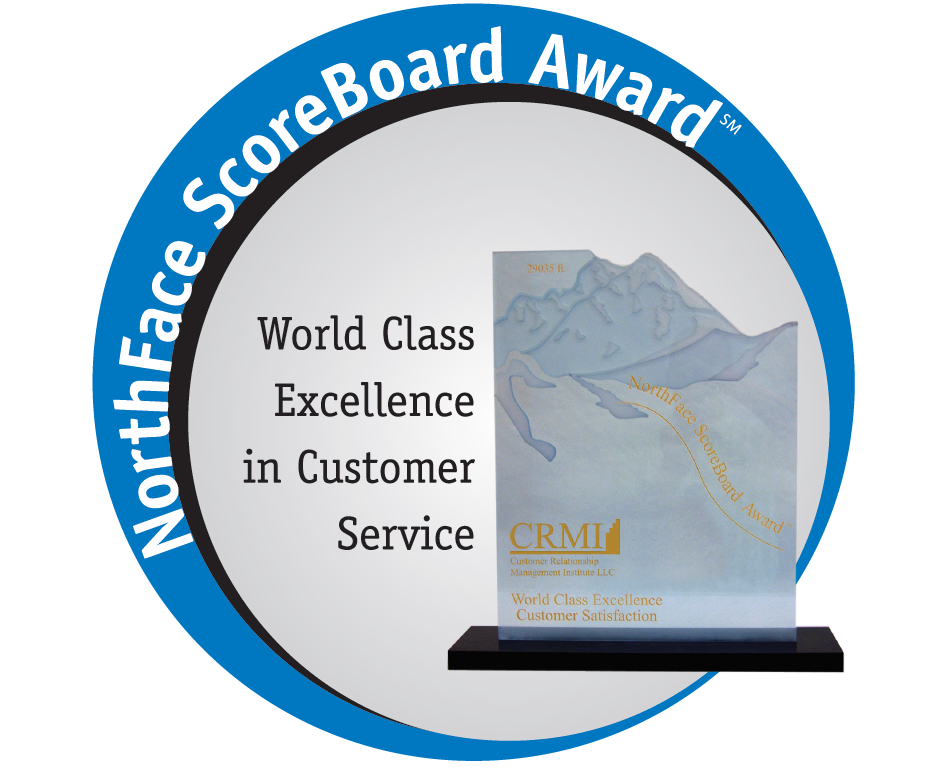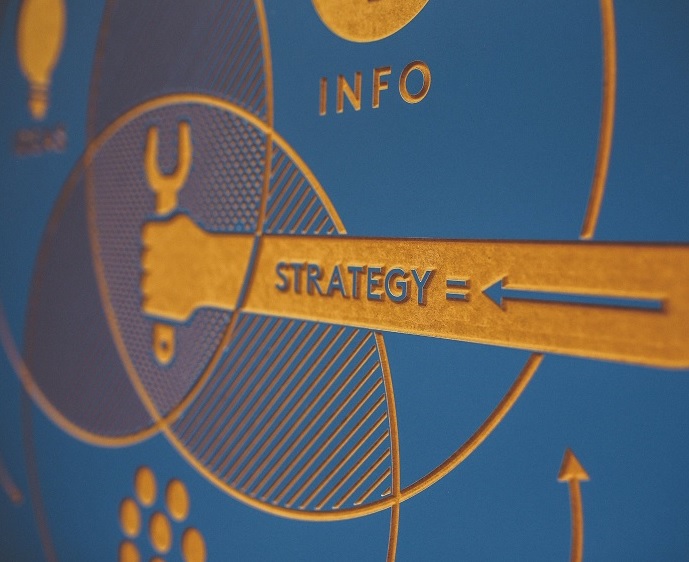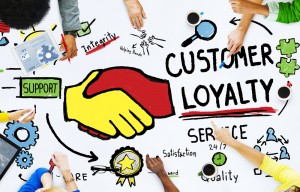Groundbreaking Customer Satisfaction Award Marks 20th Anniversary
NorthFace ScoreBoard Award℠ Established Defining SBI Metrics for
Creating World-Class Excellence in Customer Service and Support

By Bill Moore VP Client Services CXDNA Playbook Strategy Customer Relationship |

By Bill Bradley VP Marketing, CXDNA Stakeholder Strategy Customer Relationship Management Institute LLC (CRMI) |
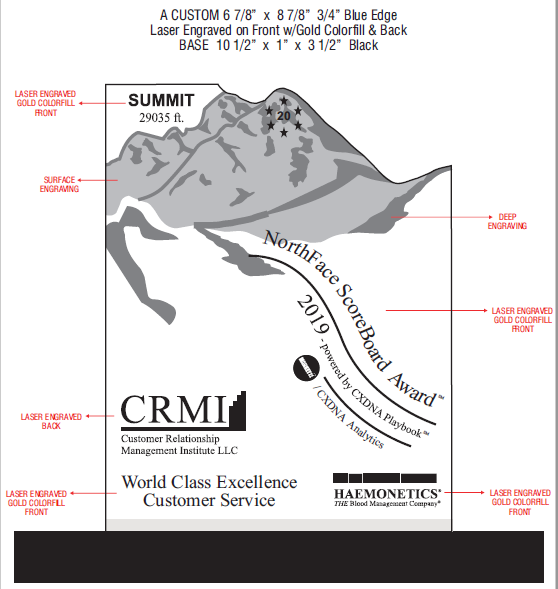 |
In 1984, IBM’s annual report was dedicated to the “Year of the Customer,” the first recognition that superior customer service/support (CX) is the company’s true competitive differentiator. Over the years, IBM would be joined by many other service thought leaders: Lexus, Ritz-Carlton, Walt Disney, L.L. Bean, Nordstrom, et. al. who made the transition making customer service/support their strongest and most critical competitive advantage.
This vision was counter to George Orwell’s dystopian novel “1984” that imagined a society where individualism and independent thinking were regarded as “thought crimes” instead of “thought leadership.”
This turnaround towards service thought leadership would continue with the impact of an award that was the first (2000) to recognize organizations that consistently exceeded customer expectations for service/support – and that CX must be the most critical component of a company’s DNA, (CXDNA). That award –NorthFace ScoreBoard Award℠ — marks its 20th anniversary in 2020 (NFSB Recipients Press Release).
The NorthFace ScoreBoard (NFSB) Award created the structure necessary to objectively measure and validate the quality of the customer experience in all interactions with a company. Before the NFSB Award, measuring customer satisfaction was largely an ad hoc, reactive activity performed periodically by service organizations.
But the NFSB Award contributed to changing the subjectivity and marginal importance of the customer experience. Since 2000, the award has been presented annually to organizations that — based solely on survey responses from a company’s own customers — consistently exceeded customer expectations for service/support for a full calendar year. To ensure objectivity and absence of bias, the survey and results are audited by Customer Relationship Management Institute, LLC (CRMI), an independent third party and an expert in the field of CX.
NFSB Award Delivers a Clear Competitive Edge for Recipients (above Haemonetics)
The business world has come to understand that customers – not products and services – are the source of all revenue and profits. This means that companies cannot afford to turn a blind eye to CX and just rely on product features and benefits, which had been the standard before the NFSB Award helped in the transition to CXDNA culture. In truth, while there are clear differences in product performance among direct competitors, no vendor has a distinct advantage for a long period of time, and consistent problems with product installation, usage and service/support will quickly prompt a customer to choose another supplier. In other words, customer loyalty must be earned – not just assumed by product performance and technology vision.
The NFSB Award was innovative in establishing universal survey measurement standards’ (SBI – 1992) that use a five-point weighted average scale to measure both customer satisfaction and customer loyalty by using Level 1 as the lowest rating and level 5 as the highest rating.
Customer Satisfaction:
- Failed all customer expectations
- Performed below customer expectations
- Met customer expectations
- Performed above customer expectations
- Exceeded customer expectations
Customer Loyalty:
- Definitely would not recommend
- Highly unlikely to recommend
- Maybe recommend
- Highly likely to recommend
- Definitely would recommend
The weighted average formula, referred as the ScoreBoard Index (SBI), provided a much more accurate measurement of customer sentiment (clear customer intelligence) than the traditional percent satisfied /loyal metrics. For the first time, the service executive could clearly see customer metrics that directed priorities for critical corrective action and which overtime could be re-measured to see the impact of the corrective action taken. The five-point scale made survey responses more accurate/ easy to understand and the weighted average calculation resulted in any ratings below 4.0 as simply not good enough to retain / grow customers, rather, over time would lead to customers defections. The NFSB Award five-point criteria was extended to include other rating scales (such as 3-6-7-8-9-10 point / Net Promoter Score NPS).
Example: SBI Formula (based on weighted average):
Assumption: satisfaction and recommend responses were identical
Please rate your overall satisfaction with our customer service?
- Failed all customer expectations
- Perform below customer expectations
- Met customer expectations
- Perform above customer expectations
- Exceeded customer expectations
| Value | ||
| Level 5 (18 responses) x | 5 points | Subtotal A / 90 |
| Level 4 (14 responses) x | 4 points | Subtotal B / 64 |
| Level 3 (3 responses) x | 3 points | Subtotal C / 9 |
| Level 2 (3 responses) x | 2 points | Subtotal D / 6 |
| Level 1 (2 responses) x | 1 point | Subtotal E / 2 |
| Total (40) responses divided by | Total point value | (171)= 4.28 SBI |
Please rate your overall willingness to recommend our customer service?
- Definitely not recommend
- Highly unlikely to recommend
- Maybe recommend
- Highly likely to recommend
- Definitely would recommend
| Value | ||
| Level 5 (18 responses) x | 5 points | Subtotal A / 90 |
| Level 4 (14 responses) x | 4 points | Subtotal B / 64 |
| Level 3 (3 responses) x | 3 points | Subtotal C / 9 |
| Level 2 (3 responses) x | 2 points | Subtotal D / 6 |
| Level 1 (2 response) x | 1 point | Subtotal E / 2 |
| Total (40) responses divided by | Total point value | (171) = 4.28 SBI |
SBI Formula:
Select each question and multiply each level responses (5-4-3-2-1) by their associated point values (5-4-3-2-1) = subtotals (90-64-9-6-2) then divide sum of all subtotals (171) by the total responses (40) = SBI 4.28 rounded 2 decimal. When viewing the above results over a minimum three (3) month window, market research shows that continuous superior customer service is the key metric in retaining / upgrading customers. Also, that 4.0 and above rating for service and loyalty is clear customer intelligence evidence that the competitor barrier has dramatically increased to win these accounts. Further, these accounts are excellent candidates for marketing testimonials to be used to acquire new accounts and / or winback lost accounts. Lastly, SBI measurement is key to providing clear customer intelligence data to conduct the critical corrective action necessary to provide continuous superior customer service that results in long term customer loyalty.
To receive the NFSB Award, a company must achieve a minimum 4.0 rating (or equivalent) over a full calendar year. Again, the survey instrument and the customer responses are audited for accuracy and absence of bias by CRMI. For this reason, earning the NFSB Award is objective proof that a company consistently provides superior customer service / support that competitors who have not received the award simply cannot match.
“NFSB Award recipients have proven that excellence in customer service /support has delivered measurable CX ‘Big 4’ bottom line results,” said John Maraganis, president & CEO of CRMI. The CX “Big 4” includes: 1) attracting new customers; 2) retaining customers; 3) growing wallet share; 4) winning-back lost customers.
NFSB Award is Powered by CXDNA Playbook StrategySM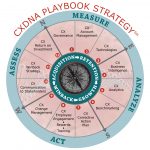
CRMI’s revolutionary CXDNA Playbook Strategy (launched in 1994) acts as a roadmap for companies to maximize the value of their products/services to customers by accurately measuring the impact to their customers. CXDNA strategy makes it possible, for the first time, for organizations to measure, analyze, act on and assess their efforts to establish a CX culture as a business strategy just as they’d always done for sales, engineering, manufacturing, finance and other traditional operating areas. There are four phases to the Playbook: Measure, Analyze, Act, Assess with 12 component practices within those phases.
- Measure: CX Governance, CX Account Management, CX Technologies
- Analyze: CX Business Intelligence, CX Analytics, CX Benchmarking
- Act: CX Corrective Action, CX Employee Engagement, CX Change Management
- Assess: CX Stakeholders Communications, CX Win-back Strategy CX Return on Investment (ROI)
The CXDNA Playbook strategy continues to evolve over the years including leveraging social media and communicating CX results thru a comprehensive stakeholders communication campaign (press release – annual report – report card – webcasts – etc.) targeted to customers, partners, employees and prospects.
NFSB Award Background and Evolution
The award was created by CRMI’s founder and first presented in 2000. CRMI’s founder was a pioneer in the field service industry, introducing the first automated service management software (fieldwatch) that improved customer experiences in the field service marketplace. From this pioneer came the CXDNA Playbook Strategy that embraces employee engagement as its founding principle.
The Playbook provides the knowledge and strategy to create a customer-centric culture that includes overall CX governance and employee engagement to raise the awareness of, commitment to, and competence in, continuously delivering superior customer experiences.
Since 2000, more than 500 recipients have earned the NFSB Award — many have done so multiple times and often in many consecutive years. Prominent recipients include Avaya, Boston Scientific, CA Technologies (now part of Broadcom), Citrix, Fresenius-Kabi, Haemonetics, Hologic, Kronos, NETSCOUT, Oracle, Pitney Bowes, Sony, Wolters Kluwer and many others.
CRMI added a new Summit category presented to organizations that that have truly transformed into CXDNA culture. The Summit CXDNA criteria includes organizations that have received the award for five consecutive years, implemented customer relationship training focused on engaging employees to provide consistent superior customer experiences, and have an annual CX strategy review process. The new physical NFSB Award includes a Summit classification with a gold circle of stars surrounding the number of years the company has earned the award along with “World Class Excellence” exclusive classification.
In 2020, CRMI added a special NFSB COVID-19 Service Award to recognize companies and their supply chain partners who have been recognized by President Trump’s COVID-19 Task Force and/or Forbes magazine for exceptional service in fighting the deadly pandemic. “We choose to recognize these companies as the volunteer army for the battle against COVID-19 via our NorthFace ScoreBoard Customer Service Excellence Award with an honorary NFSB COVID-19 certificate that will memorialize their contribution,” Maraganis said. Not since World War II has the United States and other countries seen a shift to produce hand sanitizers, masks, ventilators and other critical healthcare items. This is a time that will live in the history books, and the NFSB COVID-19 Honorary Certificate will record those companies who contributed to winning this epic battle. These companies may also submit their customer survey results for customer service/support to see if they qualify for the actual NFSB Award.
Since implementing effective CX principles is vital to sustaining consistent growth in revenue and profits, sharing stories of companies’ CX successes is crucial. The stories should allow the company to provide a review of its CXDNA strategy and measurable results, include customer testimonials and case studies. The vehicle to tell this story is a powerful webcast that clearly communicates the company’s journey to making CX the most critical component of the company’s DNA. Companies invite their customers, prospects, business partners and employees to the webcasts and post the content on their websites as well as using it in other marketing activities.
The CXDNA Playbook Partner program extends the NFSB award criteria to 3rd party vendors (EFM – CRM – CX Consultant – CX Educational training – CX Market Research) with the opportunity to bundle the NFSB Award with their products / services.) To qualify for the partner program, these organizations must be identified as an significant contributor to improving CX as described in the CXDNA Playbook Strategy. Partners receive NFSB co-brand license that includes their logo and the specific Playbook component (s) on the physical NFSB award delivered to their customers who meet the NFSB criteria. The NFSB co-brand award provides an “added value service” to their products / services (above – Marketii CXDNA Analytics).
Conclusion
Twenty years is not a very long time in the business world. But since the introduction of the innovative NFSB Award in 2000, the very substance of a successful business model has changed. Rather than being product/technology driven, today’s successful companies have embraced the wisdom and logic of putting customers at the center of everything they do. Having a proven, verifiable reputation and culture for providing excellence in CX is key to customer acquisition, retention, growth and win-back for any company.
Moreover, as companies move increasingly to online/virtual business models, achieving and sustaining optimal levels of customer satisfaction and loyalty have become even more critical factors of success. Physical and voice contact with a company’s customers and other key external stakeholders has largely been replaced by electronic and other web-based interactions. This means that, increasingly, while companies conduct heavy email and web marketing programs to attract new accounts, potential customers often find you before you identify them.
This trend has made it even more important to measure and understand the true “voice of the customer.” Since the NFSB Award criteria is unique in both measurement metrics (SBI rating or equivalent rating system) and that only customer survey responses are used to determine the level of CX excellence a company provides, the NFSB Award is the ultimate VoC measurement. That’s why recipients are so proud to earn the award and take full advantage of the service, sales and marketing opportunities they have to deliver a clear competitive advantage to the marketplace.
To learn more about the NorthFace ScoreBoard Award, the CXDNA Playbook Strategy and other programs mentioned here, contact Diane Rivera, CRMI’s director of corporate membership and sponsorship services. She can be reached at 978/710-3269 or via drivera@crmirewards.com. Also please visit CRMI’s website: www.crmirewards.com.

